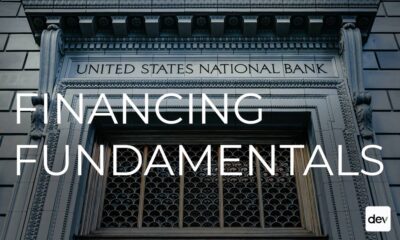
News
Fannie Mae Counters Fraud Through Loan Requirements
Fannie Mae is revising its loan requirements for multifamily sellers and services to combat growing instances of fraud in one or more of its loan programs, according to a recent filing with the Securities and Exchange Commission.
New Loan Requirements
The new loan requirements are being created at a time when the enterprise is issuing fewer multifamily loans. Through November 2024, Fannie Mae reported issuing more than $45.4 billion in multifamily loans, which is a 5.6% decrease from the previous year.
“We have discovered instances of multifamily lending transactions in which one or more of the parties involved engaged in mortgage fraud or possible mortgage fraud, and we continue to investigate additional multifamily lending transactions in which we suspect fraud may have occurred,” Fannie Mae said in the filing.
Fannie Mae’s Position
Fannie Mae is one of the most prevalent funding sources for both single-family and multifamily developers in the U.S. Overall, the enterprise accounts for 26% of all outstanding single-family mortgage debt and 21% of all multifamily mortgage debt.
Guaranty fees associated with the mortgage-backed securities Fannie Mae sells to investors are the primary source of the enterprise’s revenue. The enterprise is also required to make up the difference when a lienholder fails to make a payment.
Fannie Mae’s guaranty book grew to $485.6 billion as of September 30, 2024, marking a 4.5% annual increase, the filing says. However, the enterprise said repayment volumes have declined because of the high interest rate environment.
NOI Falls
Fannie Mae said the growing prevalence of mortgage fraud in its loan portfolio is one reason its net income declined year over year despite increasing revenues. The enterprise recorded $21.8 billion in net revenues through Q3 2024 but reported just $12.8 billion in net income, compared to the $21.3 billion in net revenues and $13.5 billion in net income it generated through Q3 2023.
The enterprise’s declining revenue could also threaten its 2025-2027 benchmark housing goals. The enterprise expects to increase its support for affordable multifamily housing projects that serve people earning no more than 50% of an area’s median income next year and beyond, according to the filing. In 2024, it supported 12 such projects and anticipates increasing that number to 14 over the benchmark period.






